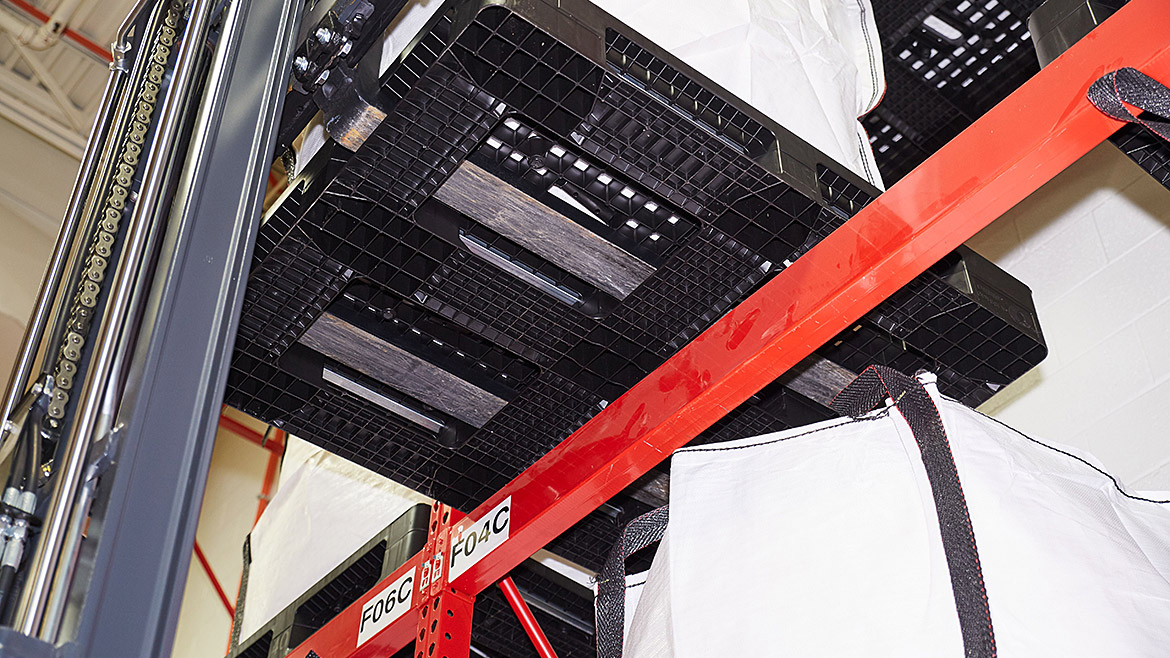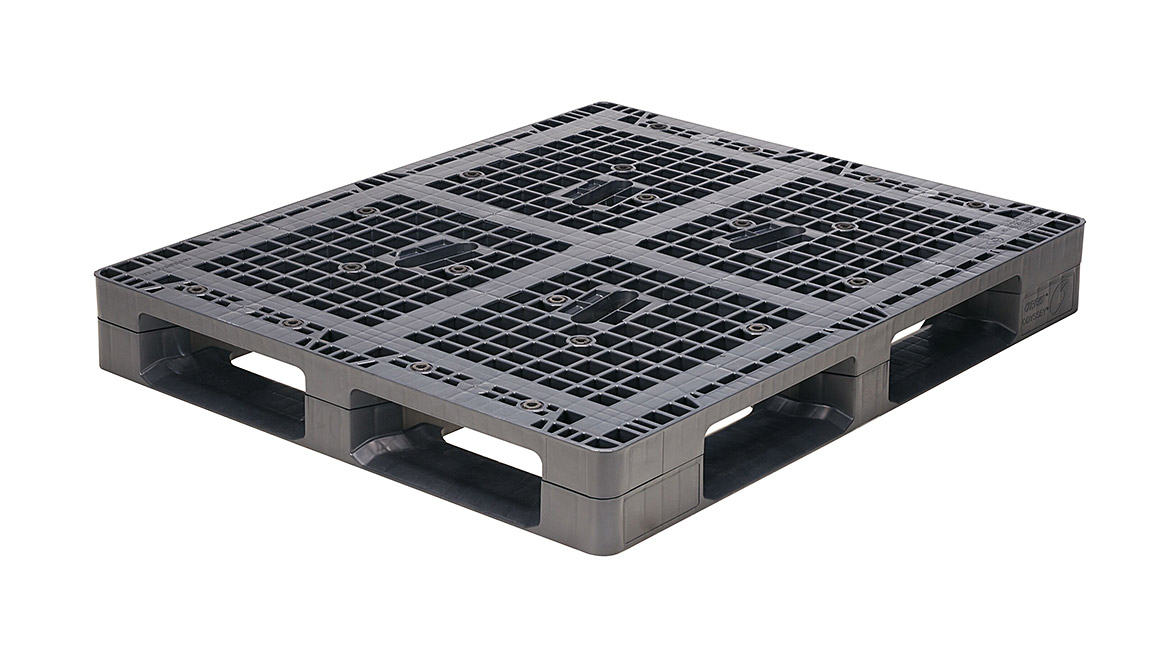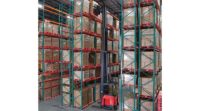Rising customer demands in today’s food supply chain have companies looking to their packaging to improve the way they store, manage retrieve and distribute product.
With e-commerce food sales continuing to grow, the efficient and safe movement of cold chain products is imperative and pallets play a major role. Experts say materials and automation are driving innovation.
“As the industry becomes more automated, especially in frozen warehouses, they can be a challenging environment for a pallet. We don’t have a guidelines for how to design to pallets for automated systems, said Dr. Laszlo Horvath, an associate professor at Virginia Tech and director of its Center for Packaging and Unit Load Design.
Although there is an American National Standards Institute (ANSI) guideline on building pallets for automation, they often require additional engineering for other factors like the racking system, temperature or type of food being palletized and stored, he said.
“Companies try to look at pallets as an expense rather than a part of the supply chain,” Horvath said. “It can be hard to standardize and the best way is to build the pallet and the automation system together. Looking at the unit load as a whole can help companies cut their costs and achieve sustainability initiatives. Holistic design is huge nowadays.”
Other pallet materials include different aggregate mixes with ingredients like corn, hemp-based or hemp wood composite or corrugated cardboard
“The trick is that they can only be used for specific sectors and food is not the easiest,” Horvath said. “One emerging material is a mix between a plastic and wood pallet. It has plywood inside with plastic around it and is coated with a resin. It has the strength and stiffness of wood with the longevity of plastic. I think it’s a fairly unique idea.”
 RFID and GPS can be used in conjunction with plastic pallets to better track and trace food products. Courtesy ORBIS.
RFID and GPS can be used in conjunction with plastic pallets to better track and trace food products. Courtesy ORBIS.
Track and trace capability continues to improve.
“Plastic pallets can include tracking technologies to better help consumers know where their products are and prevent loss. Some technologies can even help track temperature, time and location,” said Alison Zitzke, senior product manager at ORBIS.
RFID and GPS is becoming more popular in the food and beverage industry, specifically for higher-turn items, because it offers customers more data points to identify areas of improvement within their supply chains.
“The use of various tracking technologies has become increasingly popular to help find gaps in the supply chain, reduce dwell time and prevent loss, so you have your pallets when you need them. This helps companies optimize their supply chain and packaging fleet,” Zitzke said.
While it’s possible to incorporate technology into existing pallet inventory, particularly wood pallets, the relatively high cost of tracking technology makes its comparatively rare. Items attached to the sides of wooden pallets have a tendency to get knocked off, reducing their value and reliability.
“The emergence of progressively lower cost, high-capability technological tools is one of the drivers of pallet evolution. Today’s IoT devices enable pallets to function as integrated components in connected supply chains, rather than simply as cargo carriers. Shortages in the recycled and wooden pool pallet supplies in the wake of COVID also drove renewed interest in plastic pallets as a way to guard against supply and price volatility. While the wooden pallet supply situation has improved overall, the interest in exploring alternatives appears to be remaining high,” said Mike Jones, principal with Pallet Alliance.
 Choosing the right pallet for the product can eliminate wasted truck space and help reduce freight costs. Courtesy ORBIS.
Choosing the right pallet for the product can eliminate wasted truck space and help reduce freight costs. Courtesy ORBIS.
Wooden pallets have anchored shipping and logistics for decades, but with sustainability and cost being top-of-mind, plastic and composite material pallets are increasing in popularity. The structural integrity of pallets can affect the costs of other items like packaging and spoilage. A 2018 study by Virginia Tech found that certain plastic pallets had a lifecycle of approximately 200 trips compared to 11 for wood.
“In food you can close loop a lot of pallets. I’ve seen a huge increase in longevity of plastic pallets in recent years,” Horvath said. The lab that in 2018 was averaging 200 cycles is now “testing a couple of pallets that have gone 500 cycles … with no structural failure.”
Choosing the right pallet can allow for gains in shipping density, correlates to the elimination of wasted truck space and reduced freight costs and environmentally friendly material handling.
“The benefits of an IoT-enabled supply chain are out there. Several options—plastic pallets with integrated IoT devices providing in-transit visibility via sophisticated platforms, available for purchase or for rent, wooden pallets with integrated devices—are already available in the market. Some require collaboration between shippers and receivers to coordinate recovery of pallets, but the potential benefits far outweigh the costs,” Jones said. “Shippers that own their own trucks have an inside track to implementing IoT technology, as they have a ready-made way to recover their tracking assets. The reality of end-to-end shipment visibility—from farm to shelf, at least—is here. Creativity, strategic thinking, and collaboration between shippers and receivers are the necessary ingredients for the IoT transformation of R&FF shipping to be achieved.”




